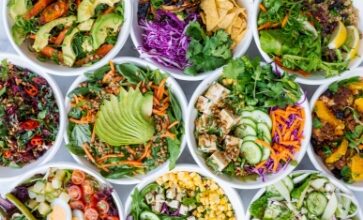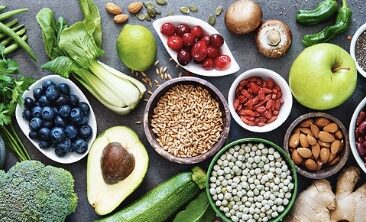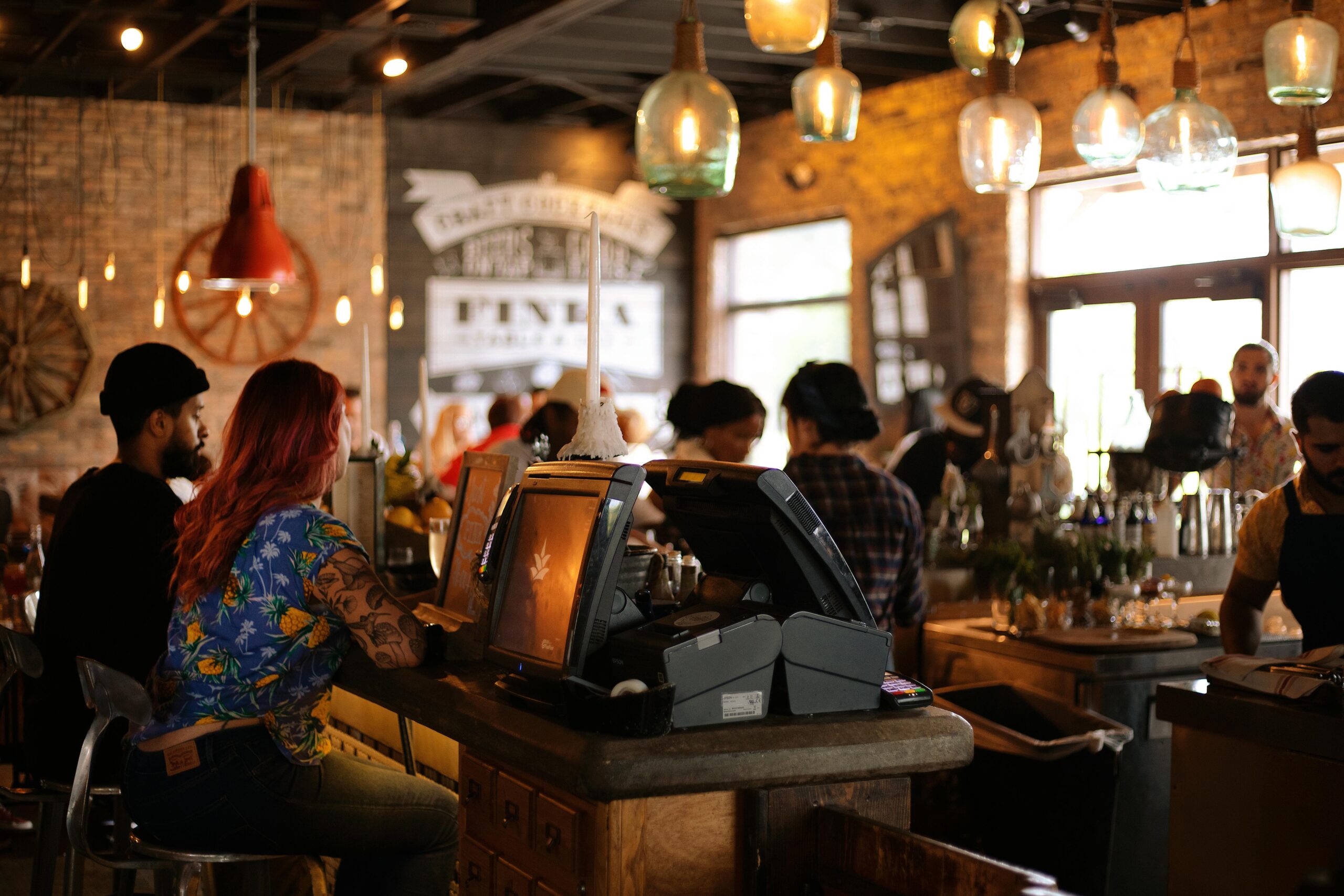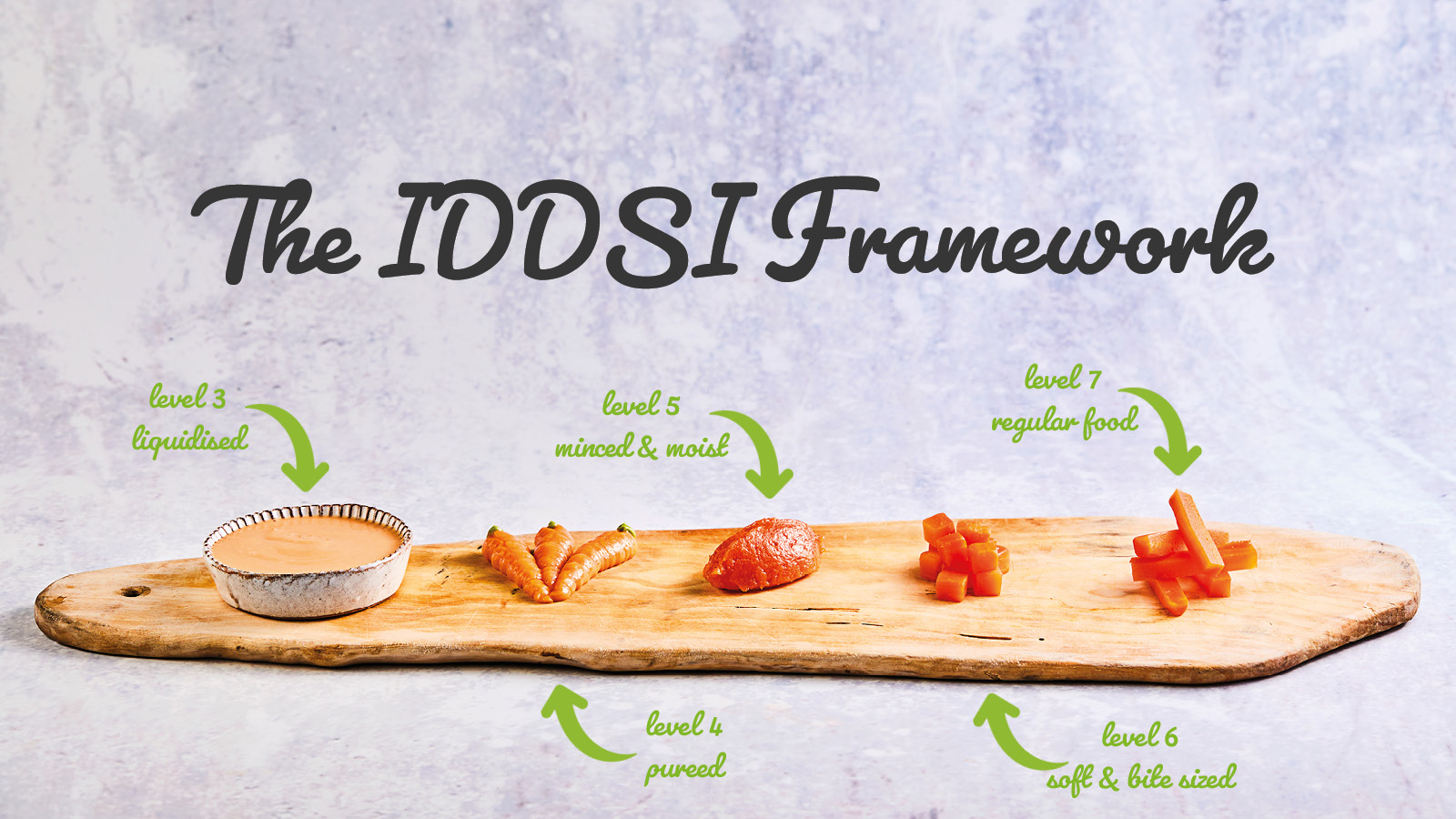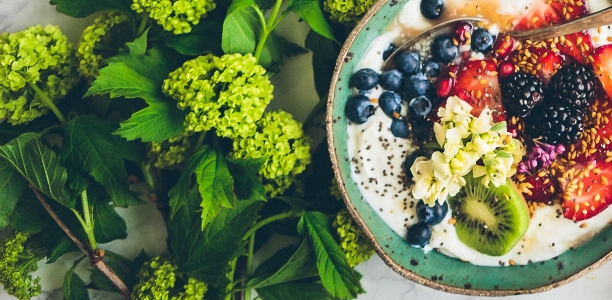
Restaurant menu ideas for increased sales and happier customers
We all thought digital menus would be the future these past few years. Restaurants were ditching paper menus left and right, only to wake up one day in 2024 with lots of backlash from customers wanting traditional menus to make a comeback!
The bottom line is that paper menus are convenient and don’t disrupt your restaurant experience. When reading a digital menu, customers report frustration over the site crashes, constant scrolling, zooming or swiping. While we still need QR codes for accessibility, now is the best time to improve your menu, and we’re here to help you make those changes.
The ideas in this article go beyond design. When menus incorporate psychological techniques, they influence choices to maximise profit and customer satisfaction. Our experts have carefully crafted menus loved by our clients, and today, they are sharing their knowledge with you.
Increase customer loyalty with branding
People make decisions faster when they recognise consistency. Consider it consistent if everything from your website to your physical menu aligns in colour scheme, typography, visuals, and tone of voice. Recognising this is essential for a brand to build familiarity, comfort, and loyalty.
Starbucks is a great example. Loyal customers can easily find cheaper, better-quality coffee elsewhere, so why do they keep choosing Starbucks? The answer is as simple as it is complex: people pay for the brand experience. From comfortable seating and inviting spaces to a carefully curated seasonal menu, everything works together to reinforce brand loyalty.
To design your menu effectively, you need to understand how your customers make decisions as they scan their options. That’s why we need psychology, not to trick customers but to guide them. Let’s explore how.
Optimise your menu layout for increased satisfaction
Think back to a time when you looked at the menu and told a friend, “There are too many options, I don’t know what to choose”. The problem wasn’t the number of dishes but poor menu design.
A good menu layout follows these principles:
- Position popular dishes strategically
Placing the best-selling dishes in key areas makes them more appealing. But what are these ‘eye-catching areas’? Research shows our eyes naturally land in the middle of a menu first, then move in a z-shape from the top left to the top right. Positioning high-margin, popular dishes here helps customers make satisfying choices while benefiting your business. - Remove currency symbols (£) for a smoother experience
Removing currency symbols is a simple tweak that can influence spending habits. Without visual reminders of cost, customers focus more on the delicious dishes rather than the price, leading to a better dining experience. - Limit choices to avoid decision paralysis
More options aren’t always better. Too many choices can overwhelm customers, making it harder for them to decide. The sweet spot? Around seven items per category (such as mains, drinks, or sides) for clarity and ease of selection. - Use descriptive language to elevate dishes
Menus with vivid descriptions see a 27% increase in sales. Words like crispy, tender, and hand-crafted create an appetising mental image, making dishes sound irresistible.
Our marketing team at Birchall applies these principles to transform menus. We’ve helped clients enhance customer experience, boost sales, and strengthen brand reputation. If you don’t want to tackle this alone, let us help!
Displaying key information
As customers scan your menu, key details should be easy to find. A cluttered menu with excessive text, small fonts, or irrelevant symbols makes decision-making harder and decreases satisfaction.
To improve readability and ease of use, ensure:
- Clear dietary information: Highlight gluten-free, vegetarian, and allergen warnings with subtle but noticeable icons.
- Set menus and add-ons: Place them near relevant dishes rather than in separate sections to increase visibility.
- Concise descriptions: Keep explanations short and engaging. Customers should grasp a dish’s essence in a few seconds.
- Using white space: Avoid clutter by spacing sections and grouping similar items. Thoughtful spacing also draws attention to key dishes and specials.
Remember, a structured menu drives better decision-making, leading to increased sales.
Material matters
Just as restaurants that use QR menus get labelled ‘tacky’, low-quality printed menus can damage your brand image. Even if your food is outstanding, common mistakes such as using generic stock images, poor-quality paper, or non-laminated menus that stain easily will inevitably lower the perceived value of your dishes.
Investing in high-quality printing and durable materials ensures your menu looks polished and professional and reflects the care you put into your food.
Restaurant menu ideas to consider
Do you still have questions? Below, we answer some commonly asked questions to help you make informed decisions.
Do restaurants have to put calories on the menu?
Restaurants have to put calories on the menu if they employ more than 250 people. If your restaurant is smaller, it’s down to your unique business goals. While some customers may appreciate the transparency, others might find calorie counts off-putting, preferring to enjoy a meal without focusing on numbers.
How often should restaurants change their menu?
Your restaurant should change its menu depending on your business goals. If your menu revolves around seasonal ingredients, updating it four times a year helps to keep things fresh. However, for most restaurants, twice a year is enough. The key is to track sales and adjust; if a dish isn’t selling, replace it!
How many items should be on a restaurant menu?
There’s no one-size-fits-all answer on how many items should be on a restaurant menu. Research suggests that seven items per category (such as mains, drinks, or sides) is the sweet spot. Our advice? Provide choice while keeping decision-making simple.
How to design your own restaurant menu
Designing a restaurant menu can feel overwhelming. Every decision, from layout to pricing, matters when you realise how much it impacts profits and customer experience.
Let’s review what we’ve covered in this article:
- Define your brand identity so your menu reflects the theme and style
- Identify your most profitable items and position them strategically
- Keep it readable with clear sections and concise but vivid descriptions
- Analyse your business goals to apply what works for you before making any changes
If you’re ready to transform your menu and boost sales, our team at Birchall Foodservice is here to help. From menu design to strategy, we ensure your restaurant stands out.
Get in touch today, and let’s create a menu that drives revenue and enhances customer satisfaction. Or call us at 01282 429446.
